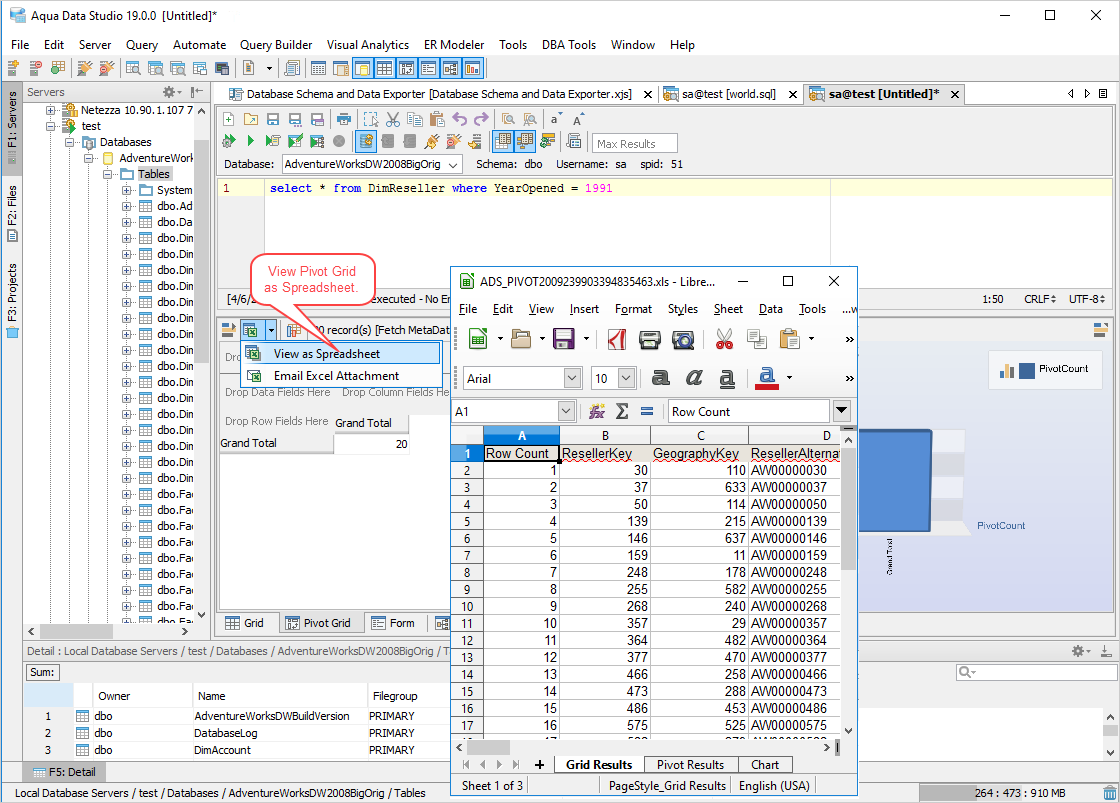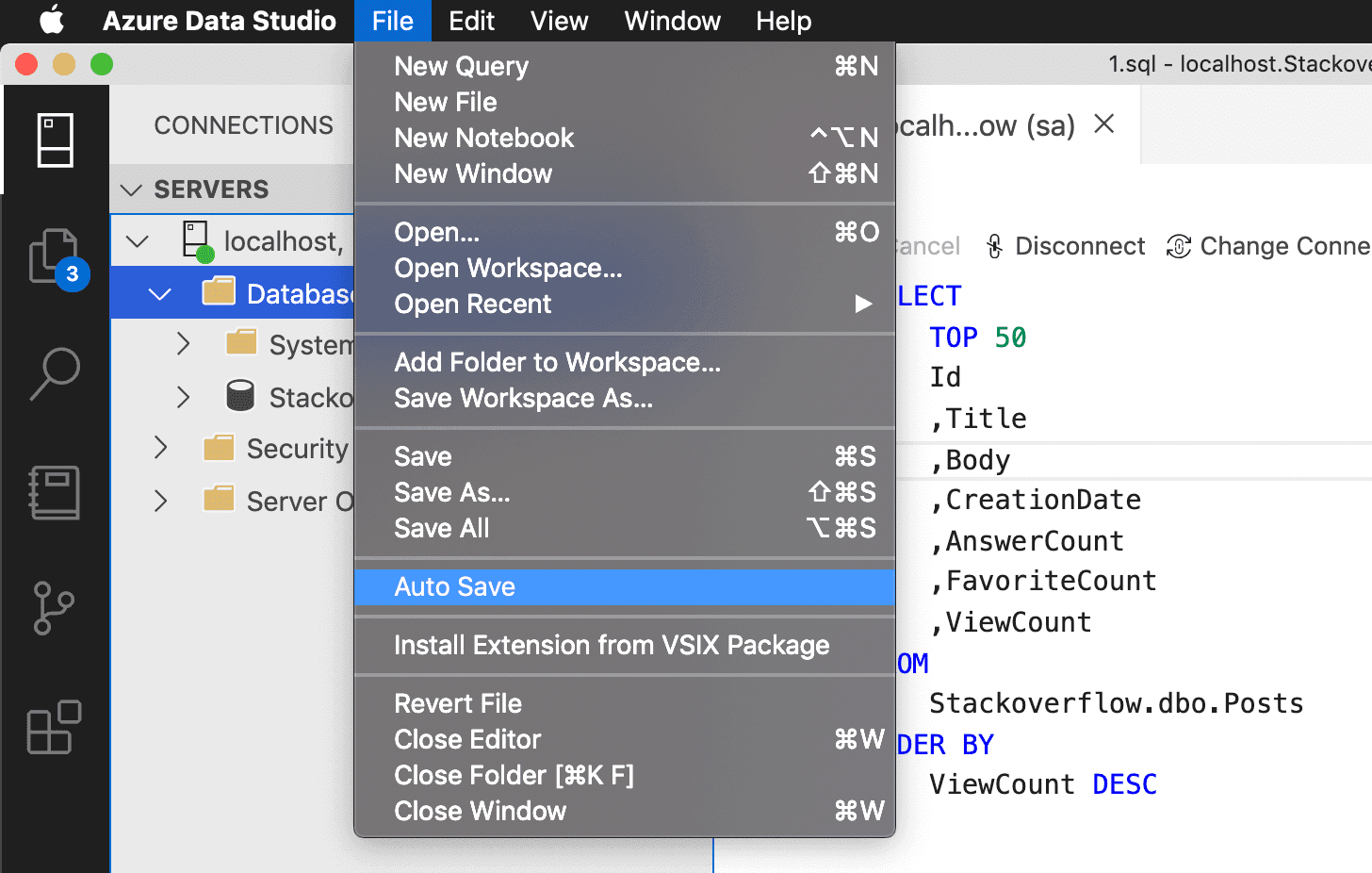
This also can only be detected in the proteome, not the genome. Many human diseases are caused by a normal protein being modified improperly.


This DNA encodes every possible cell type in that organism-muscle, bone, nerve, skin, etc.

All cells in an organism contain the same DNA.It does not describe the cell's actual, current form, in the same way that the source code of a computer program does not tell us what input a particular user is currently giving his copy of that program. A cell's DNA - its genome - describes a blueprint for the cell's potential, all the possible forms that it could conceivably take.More specifically, "the qualitative and quantitative comparison of proteomics under different conditions to further unravel biological processes".

Proteomics is the study of the proteome-the "PROTEin complement of the genOME".Select "EntityID_SEQ".Proteomics Assignment Help What Is Proteomics? > create table "Role"("RoleID" number, "Name" varchar2(30), "DisplayName" varchar2(30)) > create table "Entity"("EntityID" number) Depending on how this is being run (as a script?), you may need to end the PLSQL block with a forward slash: declareĪnd to show you that your code should work exactly as-is (on Oracle 11GR2 the script output from SQL Developer apparently doesn't show the semicolons after the create or select statements or the slash on the line after the end but all were present in the original buffer): > create sequence "EntityID_SEQ"


 0 kommentar(er)
0 kommentar(er)
